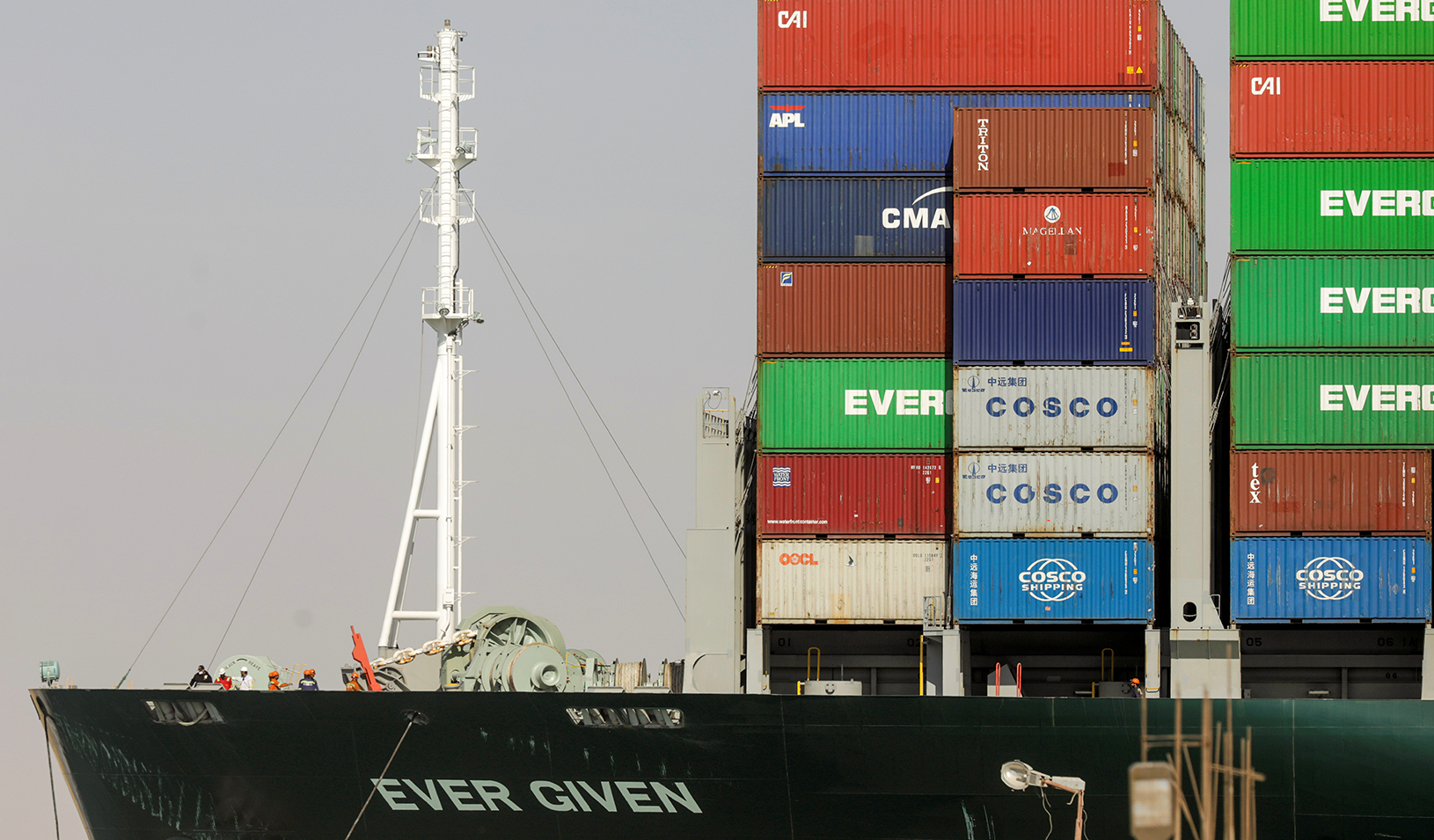Hau Lee: The Role of Confidence in Successful Supply Chains
How shared information and trust can curb irrational worry and prevent inefficiencies.
February 01, 2005
It’s a simple fact of human nature: The minute people fear they may not be able to get their “stuff,” they start hoarding whatever’s available. On the industry level, notes Stanford professor Hau Lee, a similar dynamic can occur throughout a supply chain. The result can be huge financial losses from excessive or mismatched inventories, and also a downward spiral of increasing financial risk for everyone from raw material suppliers to manufacturers. What companies both downstream and upstream need, he suggests in a recent research paper, is better sharing of information throughout the supply chain and a good, solid plan B to turn to when trouble strikes distribution channels.
The fact that the movement of goods and supplies throughout the world has been disrupted by incidents such as the Iraq war, the 2003 SARS outbreak, and the 9/11 terrorist attacks, or more localized problems such as the 2002 longshoremen’s strike in California and the 1999 Taiwan earthquake, makes Lee’s research very timely. “I started investigating the phenomenon of loss of confidence in the supply chain in 1998. Every time there was a shock to the system, such as with the dot-com bust and the Y2K panic, companies seemed to overreact, causing drastic up and down cycles,” explains Lee, the Thoma Professor of Operations, Information, and Technology.
His paper, “Mitigating Supply Chain Risk Through Improved Confidence,” co-authored with Martin Christopher, professor of marketing and logistics at Cranfield University in the UK, draws on numerous case studies he has written since then. Lee has observed that when companies become worried that materials, components, and products will not be delivered on time—or at all—they sometimes revert to inefficient practices such as holding inventory, adding warehouses, padding delivery time to customers, and using lower-quality domestic suppliers instead of top-quality foreign suppliers.
“These are often irrational responses,” Lee says. They also can cost money, alienate customers, put companies at risk for financial loss, and create misleading distortions throughout the entire supply chain. One of the most expensive examples is the case of Cisco Systems. Because the company could not keep up with demand for its network infrastructure products throughout the 1990s, all levels in the supply chain buffered themselves by placing additional orders, causing Cisco to inflate its inventory. When actual market demand suddenly declined in 2001, Cisco was left with $2 billion of excess inventory.
To regain confidence in their supply chains, Lee observes, companies need to share information about their markets, sales, and production timetables with other partners across all supply and distribution channels. “Having good information systems that talk to one another through real-time Internet technologies is critical for creating trust so that companies can address actual market realities,” he says. Such systems also allow companies to be alerted to abnormal deviations in the supply chain.
Visibility is not enough, however, Lee says. Companies also must have contingency plans and tools in place to allow them to take corrective action when out-of-control conditions are detected. For example, if shipments have been delayed due to traffic problems, there should be clearly defined plans for alternative shipping methods or supply sources.
As one example, the paper draws on a case study of Adaptec’s supply chain efforts in 1997. At that time, The semiconductor manufacturer was one company that benefited from both improving its information networks and developing greater agility after having been exposed to excessive market risks in the 1990s. In 1997, the company invested in Internet technologies to achieve transparent communication with supply chain partners in Taiwan, Hong Kong, and Japan. Working with logistics providers and design teams at these multiple sites, Adaptec was able to put in place control levers to respond promptly to market disruptions. The highly publicized result, reported in 1998 by Businessweek Magazine, was a reduction of 50 percent in total cycle time, other improvements, and significant cost savings.
In the end, Lee’s research ultimately points to the need for a shift toward greater intra-organizational cooperation among all members of a supply chain. “It helps if companies have good relationships with their suppliers and don’t try to squeeze or exploit them,” he says. “If you view your supplier as a long-term partner, it will be more willing to go out on a limb and make modifications if a crisis occurs that does require you to go to plan B.”
For media inquiries, visit the Newsroom.
Explore More

Restore — Don’t Reshore — Supply Chains

Sustainable Supply Chains Helped Companies Endure the Pandemic



